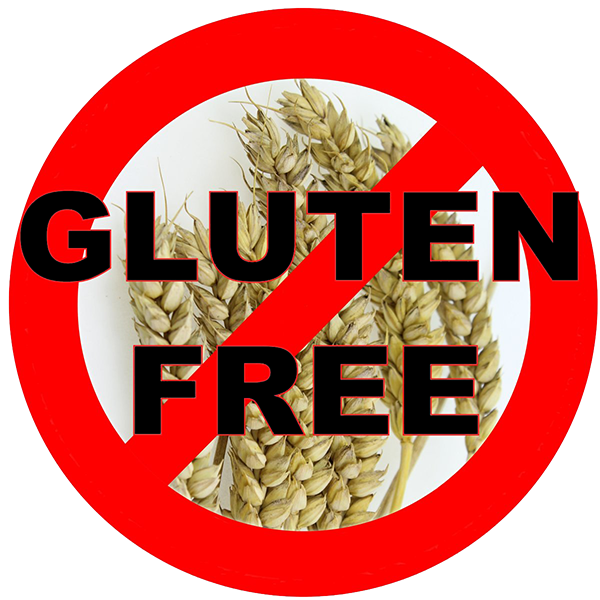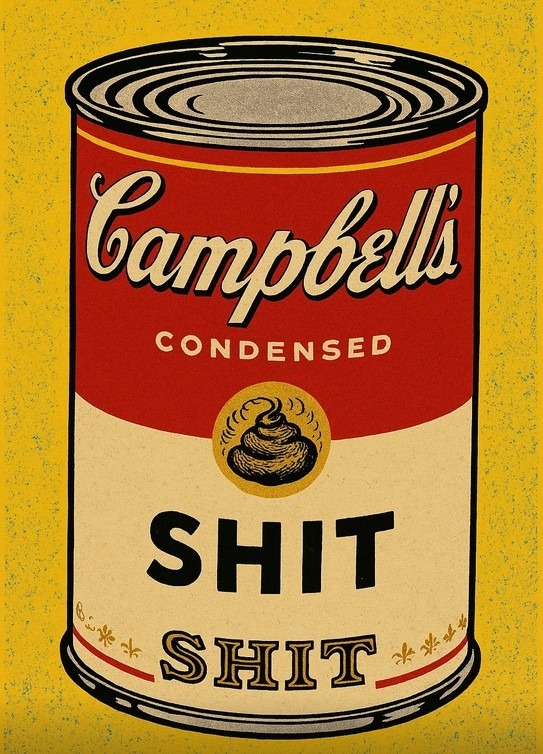The gluten-free aisle. That magical section of the grocery store where everything looks healthy, fancy, and expensive enough to make your wallet develop high blood pressure. But before you toss that quinoa brownie mix or mystery muffin into your cart, take a breath. Especially if you’re elderly or on the heavier side, not everything labeled “gluten-free” is worth the hype—or the price.
Here’s what you really need to know before you get bamboozled by buzzwords and bright packaging.
Gluten-Free Does Not Mean Healthy
Let’s get one thing straight: “gluten-free” does not mean “guilt-free.” A lot of gluten-free snacks and baked goods are made with refined starches like rice flour, corn flour, or potato starch, which spike blood sugar faster than your cousin at a family BBQ.
This can be especially important for:
- Elderly folks, who may already be managing blood sugar or energy dips.
- Obese individuals, who need nutrient-dense, not nutrient-deficient, options.
- Bottom line: If it’s a cookie, it’s still a cookie—gluten or not.
That $9 Gluten-Free Bread Might Taste Like Damp Cardboard
Most gluten-free breads lack the bounce, chew, and joy of regular bread. Unless you have celiac disease or a diagnosed gluten sensitivity, don’t ditch your multigrain just yet.
- If you’re buying it just because it seems “cleaner,” remember:
- Many gluten-free breads have less fiber and more sugar or fat to compensate for taste.
- You might just end up smearing peanut butter on a glorified sponge.
Watch Out for Sodium Sneak Attacks
Gluten-free doesn’t mean low-sodium. Some products, especially frozen gluten-free meals and snacks, are loaded with salt to punch up the flavor.
If you’re managing high blood pressure (hello, 80% of older adults), this could be a quiet health saboteur in your cart.
Read the Labels—Or Bring a Grandkid Who Can
Gluten-free items can still be high in calories, low in nutrients, and full of junk. If the ingredient list reads like a science experiment, it’s probably not doing you any favors.
Can’t read the tiny print? Ask your grandchild. They owe you for all those birthday cards.
Do You Even Need to Be in This Aisle?
Unless you’ve been told by a doctor or dietitian that gluten is the enemy, you probably don’t need to drop $6 on a tiny bag of gluten-free pretzels that taste like sadness.
There’s no strong evidence that gluten-free diets improve health for the general population. In fact, cutting out gluten unnecessarily can lead to nutrient deficiencies (like iron, B vitamins, and fiber).
The gluten-free aisle is not evil—it’s helpful for people with celiac disease, wheat allergies, or legitimate sensitivities. But for the average senior or person carrying a few extra pounds, it’s a landmine of overpriced, overprocessed “health-washed” foods.




